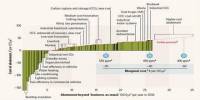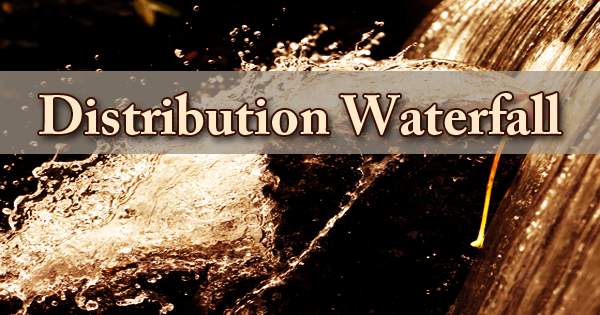Stagflation is a combination of stagnant economic growth, high unemployment, and high inflation. There is no consensus among economists on the causes of stagflation. It’s an unnatural situation because inflation is not supposed to occur in a weak economy. The supply shock theory suggests that stagflation occurs when an economy faces a sudden increase or decrease in the supply of a commodity or service, such as a rapid increase in the price of oil.
Stagflation can only occur if government policies disrupt normal market functioning. In such a situation, prices surge, making production costlier and less profitable, thus slowing economic growth.

Causes of stagflation
- Stagflation occurs when the government or central banks expand the money supply at the same time they constrain supply. The most common culprit is when the government prints currency.
- Oil price rise Stagflation is often caused by a supply-side shock. For example, rising commodity prices, such as oil prices, will cause a rise in business costs (transport more expensive) and short-run aggregate supply will shift to the left. This causes a higher inflation rate and lower GDP.
- Powerful trade unions. If trade unions have strong bargaining power – they may be able to bargain for higher wages, even in periods of lower economic growth. Higher wages are a significant cause of inflation.
- Falling productivity. If an economy experiences falling productivity – workers becoming more inefficient; costs will rise and output fall.
- Rise in structural unemployment. If there is a decline in traditional industries, we may get more structural unemployment and lower output. Thus we can get higher unemployment – even if inflation is also increasing.
Stagflation was first recognized during the 1970s, where many developed economies experienced rapid inflation and high unemployment as a result of an oil shock. People may talk about stagflation if there is a rise in inflation and a fall in the growth rate. Stagflation can also be alternatively defined as a period of inflation combined with a decline in the gross domestic product (GDP). This is less damaging than higher inflation and negative growth. But, it still represents a deterioration in the trade-off between unemployment and inflation. Economists and policymakers generally assume that prices will rise, and largely focus on accelerating and decelerating inflation rather than inflation itself.
Information Source:
















